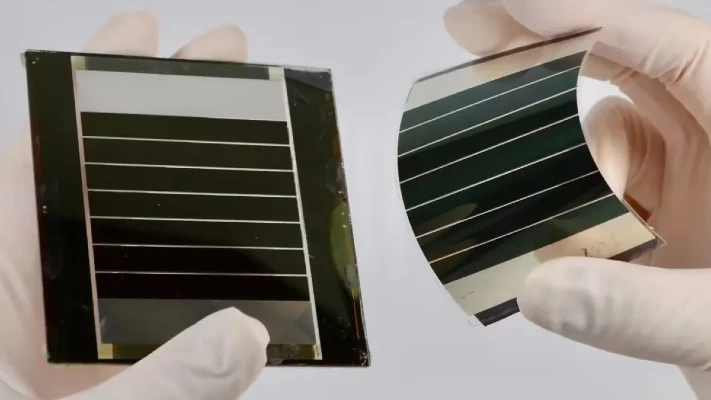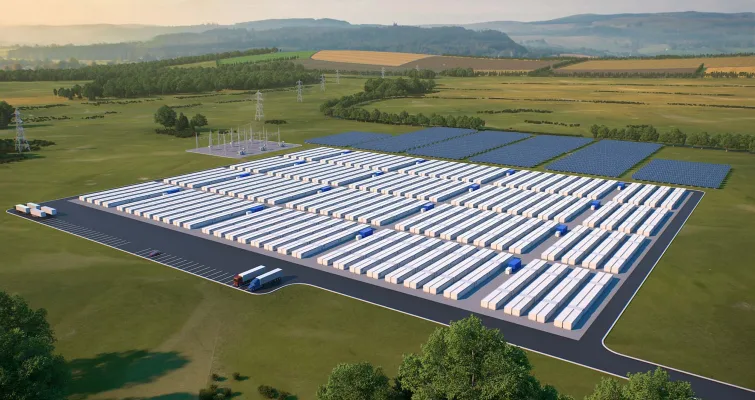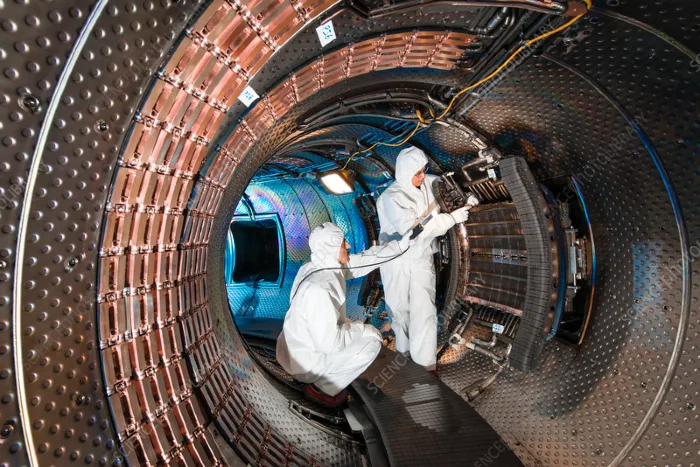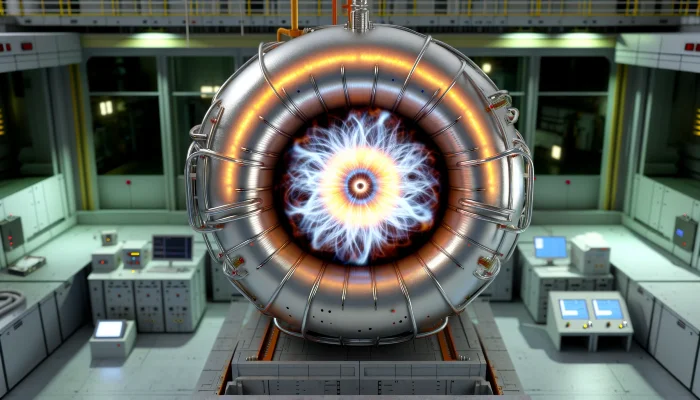MIT researchers, leading a global collaboration, have cracked a significant code in the renewable energy realm with their latest breakthrough in perovskite solar cell technology. Published in Nature Energy, their study provides a clear pathway to enhancing the durability and efficiency of perovskite solar cells, promising a bright future for solar energy.
Perovskite Solar Cells: A Game Changer (Yes, Really)
Perovskite solar cells, named after a mineral with a similar structure, have been the buzz of the renewable energy sector due to their high efficiency, low manufacturing costs, and versatility. These cells can be applied to various surfaces, offering endless possibilities for solar energy application from cityscapes to remote locations.
Despite their potential, perovskite cells have faced challenges, particularly in durability and maintaining efficiency over large areas. This has delayed their transition from lab to market.
MIT’s Breakthrough: A Guidebook for Efficiency
The research led by MIT postdoc alumnus Dane deQuilettes, who is now a chief science officer at Optigon, introduces a method to improve perovskite cells’ surface properties, addressing the core issues of longevity and efficiency.
“This paper is essentially revealing a guidebook for how to tune surfaces, where a lot of these defects are, to make sure that energy is not lost at surfaces,” deQuilettes explains. “It’s a really big discovery for the field.”
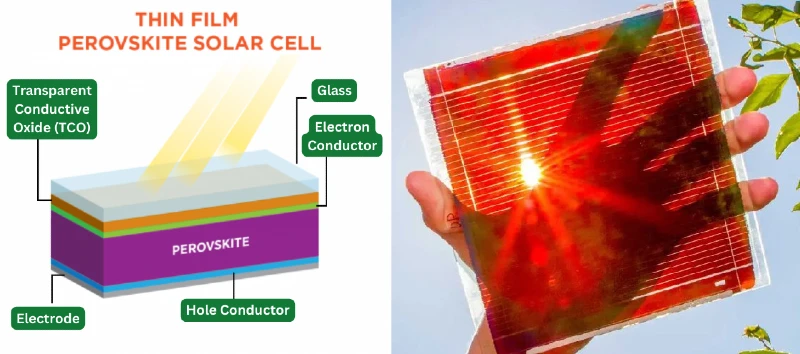
Passivation: The Secret to Longevity and Efficiency
The study highlights “passivation” as a crucial technique for enhancing the stability and performance of perovskite cells. This process involves modifying the cell’s surface to reduce degradation, ensuring they last longer while maintaining high efficiency. This approach has opened new doors for making perovskite solar cells more durable and efficient, marking a significant leap towards commercial viability.
Path to Commercialization
The findings from this MIT-led team provide a roadmap for overcoming the longstanding barriers to perovskite solar cell adoption. By offering strategies to enhance stability and efficiency, this research paves the way for perovskite cells to complement and potentially exceed traditional silicon solar cells in various applications.
“I think we are on the doorstep of the first practical demonstrations of perovskites in commercial applications. And those first applications will be a far cry from what we’ll be able to do a few years from now,” says MIT professor Vladimir Bulovic, emphasizing the potential of perovskite cells to accelerate the deployment of solar electricity alongside traditional silicon-based options.
More To Discover
This breakthrough not only illustrates the potential of perovskite solar cells to transform the solar energy landscape but also serves as a beacon for future engineering efforts aimed at harnessing this technology for widespread commercial use.
Source: Nature Energy







